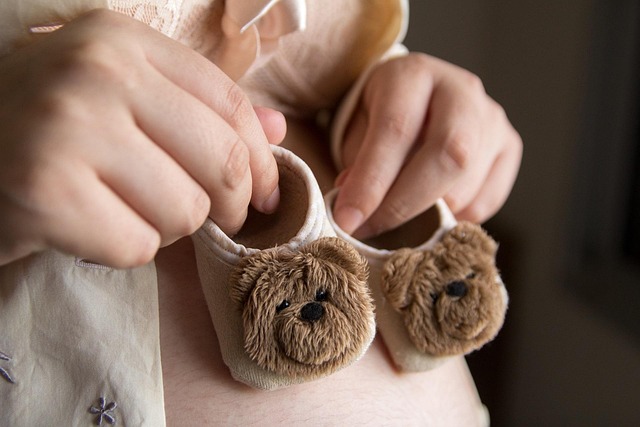Recently, administrators at Crestwood Middle School in Spring Hill, Florida, made headlines when they dismissed a teacher for assigning a project to her sixth-grade class that asked students to reflect on how “comfortable” they felt around various groups of people. Some scenarios posed by the assignment highlighted race, ethnicity, nationality, or religion. For instance:
- Your new roommate is a Palestinian and Muslim.
- A group of young Black men is walking towards you.
- The young man next to you on the airplane is Arab.
- Your suitemates are Mexican.
- Your lab partner is a fundamentalist Christian.
Some parents expressed outrage, questioning why such topics should be introduced in schools. One mother lamented, “They’re kids. Let them be kids. Why are these questions necessary?” Another parent remarked, “I just think children are too young for these discussions.”
However, these concerns are misplaced. Many people believe that children, particularly white children, are racially innocent—unaware of the complexities surrounding race. In reality, research shows that most children, well before they enter their teenage years, are already cognizant of societal biases, and kids of all backgrounds often develop their own biases too.
Studies have shown that even infants exhibit a preference for faces that resemble their own, likely due to their limited exposure to diverse races. Yet, by preschool age, this innocent inclination shifts. By the time they reach 5 years old, Black and Hispanic children typically do not show a preference for their own racial group compared to white children, who often display a strong bias favoring whiteness. As children start kindergarten, they begin to adopt implicit racial attitudes mirroring those of adults around them, linking certain groups with higher status or value.
Thus, the pressing question isn’t whether discussions about race should happen in schools but rather how we can effectively address the biases that already exist. Here are nine constructive approaches for parents, caregivers, and educators to help shape children’s attitudes about race:
- Begin Early: Encourage your child to notice and discuss skin color and race openly. Foster an environment where their questions and observations are welcomed and respected.
- Be a Role Model: Your actions speak volumes. Show your child the value of diversity through your friendships and social circles. If they don’t attend a diverse school, consider enrolling them in community activities that promote inclusivity. Also, select books and films that feature diverse characters and cultures.
- Acknowledge Your Own Biases: Demonstrate to your child that confronting biases is essential. Share your experiences with biases you’ve recognized within yourself and the steps you take to address them.
- Embrace Your Heritage: Discuss the histories and experiences of your own racial and cultural backgrounds, highlighting their contributions while also recognizing the less admirable aspects. Share stories of resilience and challenges faced by your family throughout history.
- Cultivate Cultural Literacy: Educate your child about the diverse histories and experiences of various racial and ethnic groups. Make it clear that each group comprises individuals with differing beliefs and behaviors—there is often more diversity within groups than between them.
- Be Honest About Bias and Oppression: Children are keen observers of societal patterns, including racial disparities. Help them understand that these patterns can stem from systemic bigotry and oppression, and engage them in discussions about ongoing struggles for racial justice.
- Celebrate Resistance: Share stories of individuals who have fought against oppression and advocated for change. Include accounts of women and young activists who have played crucial roles in these movements.
- Encourage Active Participation: Teach your child what it means to be an “upstander” for racial justice. Discuss ways they can contribute to positive change in their community and the world.
- Make Conversations Ongoing: Treat discussions about race as a regular part of your parenting journey. It’s natural to revisit topics and say, “Let’s talk about this later.” Just ensure you do come back to it.
This article was first published by EmbraceRace and aims to engage parents in critical conversations about race. For more on this topic, check out this resource.
In summary, addressing racial bias in young children requires proactive engagement and ongoing conversations. By starting early, modeling inclusive behavior, and fostering an understanding of diverse perspectives, we can help shape a more equitable future. Resources like CDC’s pregnancy guide and Cryobaby’s home insemination kits can also support families on their journeys.
Keyphrase: “racial bias in children”
Tags: [“home insemination kit”, “home insemination syringe”, “self insemination”]
